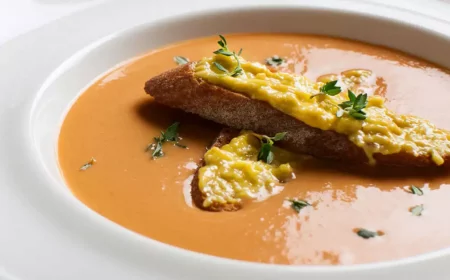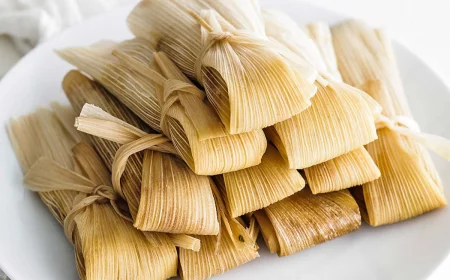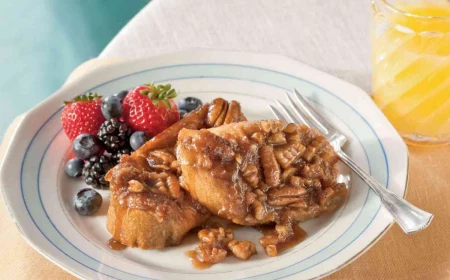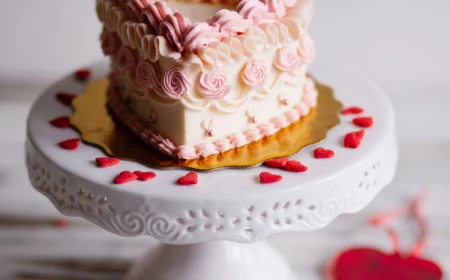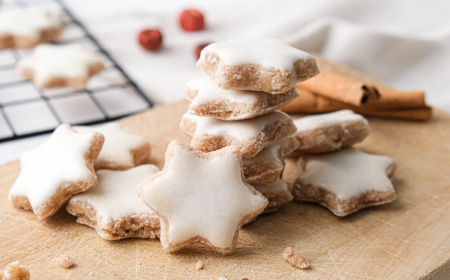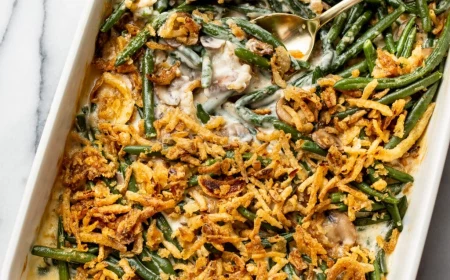Stop Following Recipes: A Pro’s Guide to Actually Understanding Gin Cocktails
I’ve spent more time behind a bar than most people spend in one, and I’ve seen countless cocktail trends fizzle out. But gin? Gin is forever. It’s the one spirit I always tell new bartenders to master first. Honestly, if you can get your head around gin, you can build almost any balanced drink you can dream of.
In this article
So many people think they hate gin. But nine times out of ten, it’s because they were served a lukewarm gin and tonic made with flat, syrupy soda from a gun. A properly made gin cocktail is a totally different animal—it’s crisp, aromatic, and incredibly refreshing.
This isn’t just another list of recipes. Think of this as a look into the ‘why’ behind it all. We’re going to cover the spirit itself, the tools you actually need (and what you can skip), and the core techniques that make all the difference. My goal is to get you confident enough to make bar-quality drinks right in your own kitchen.
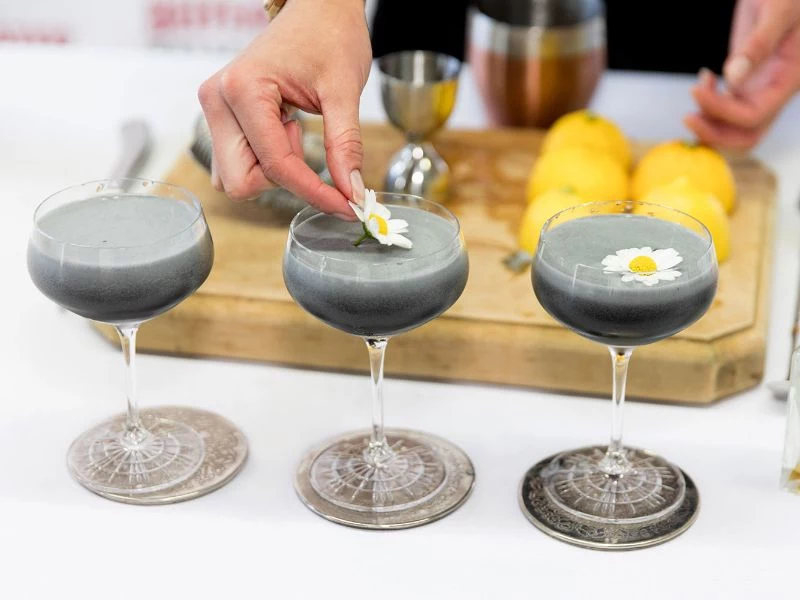
First Things First: Let’s Talk About Gin
Before you even think about shaking or stirring, you’ve got to understand your main ingredient. Gin isn’t just some generic clear spirit; its entire personality comes from botanicals—the herbs, spices, and fruits that give it life. Getting this is the first real step to becoming someone who makes drinks, not just follows instructions.
At its heart, gin starts as a neutral grain spirit. The magic happens when it’s re-distilled with botanicals. By law, the one required ingredient is the juniper berry, which gives gin its signature ‘pine tree’ scent. From there, distillers add their own secret mix of things like coriander, citrus peel, angelica root, and more. This is why no two gins are exactly the same.
The Main Gin Styles to Know
Knowing the difference here will instantly level up your cocktail game. Using the right style for the right drink is crucial. I always have at least two different types on my home bar.
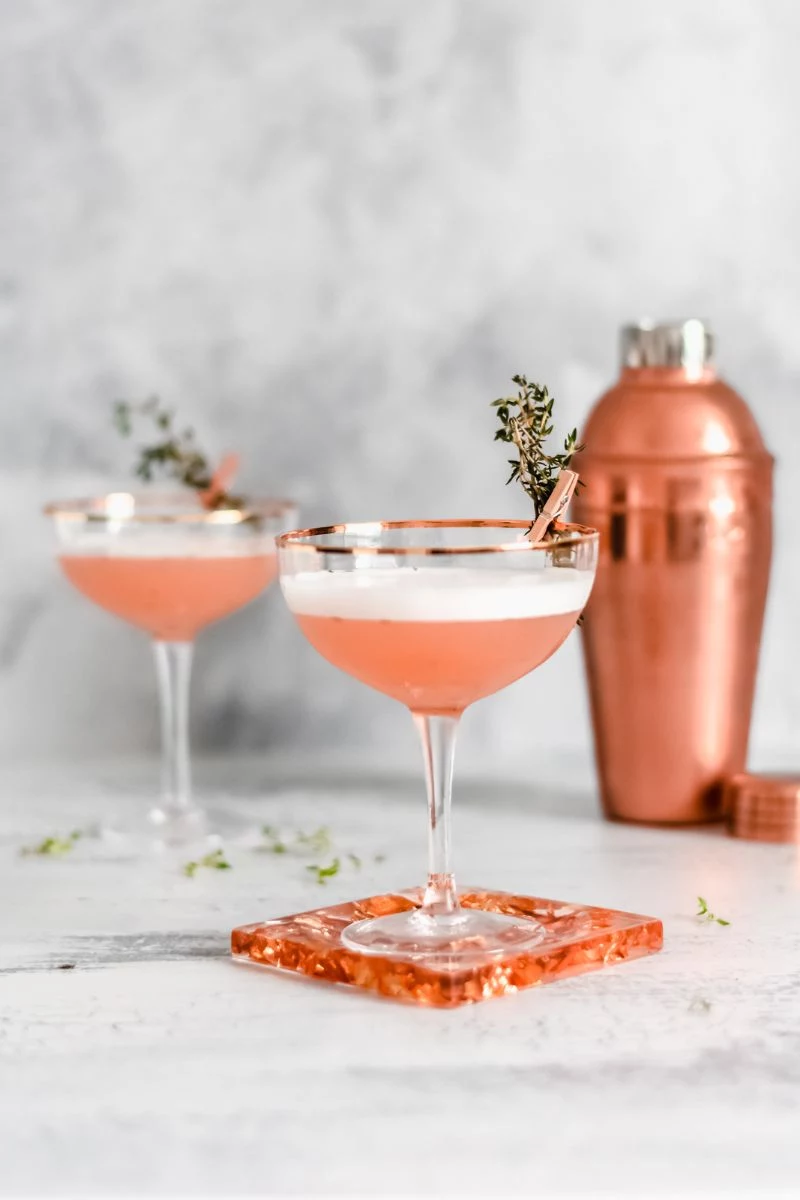
-
London Dry: This is the classic heavyweight champion. The name is a style, not a location, so it can be made anywhere. It just means nothing can be added after distillation except water. These are big, bold, and juniper-forward. This is your workhorse gin, perfect for a classic Martini or a Negroni where it needs to hold its own against other strong flavors.
-
Plymouth: A style that can only be made in its namesake English town. It’s a bit of an earthier, softer cousin to London Dry. You’ll notice less of a juniper punch and more mellow citrus notes. It makes for a fantastic Gimlet or any drink where you want the gin to be a little less aggressive.
-
Old Tom: This is a throwback style that’s slightly sweeter than a London Dry. Originally, the sweetness was there to hide the taste of rough, poorly made spirits. Modern versions use a touch of sugar or botanicals like licorice root to give it a rounder, fuller body. It’s the traditional—and in my opinion, the best—choice for a Tom Collins.
-
Contemporary / New Western: In this modern category, juniper takes a backseat to other, more prominent botanicals. You’ll find gins that lead with flavors of cucumber, rose, grapefruit, or local herbs. A famous example is that popular one that comes in a dark bottle, known for its cucumber and rose notes. These are absolutely brilliant in a Gin & Tonic, where you can play with garnishes that highlight their unique profile. Be careful, though; their delicate flavors can sometimes get steamrolled in a cocktail with a lot of other ingredients.
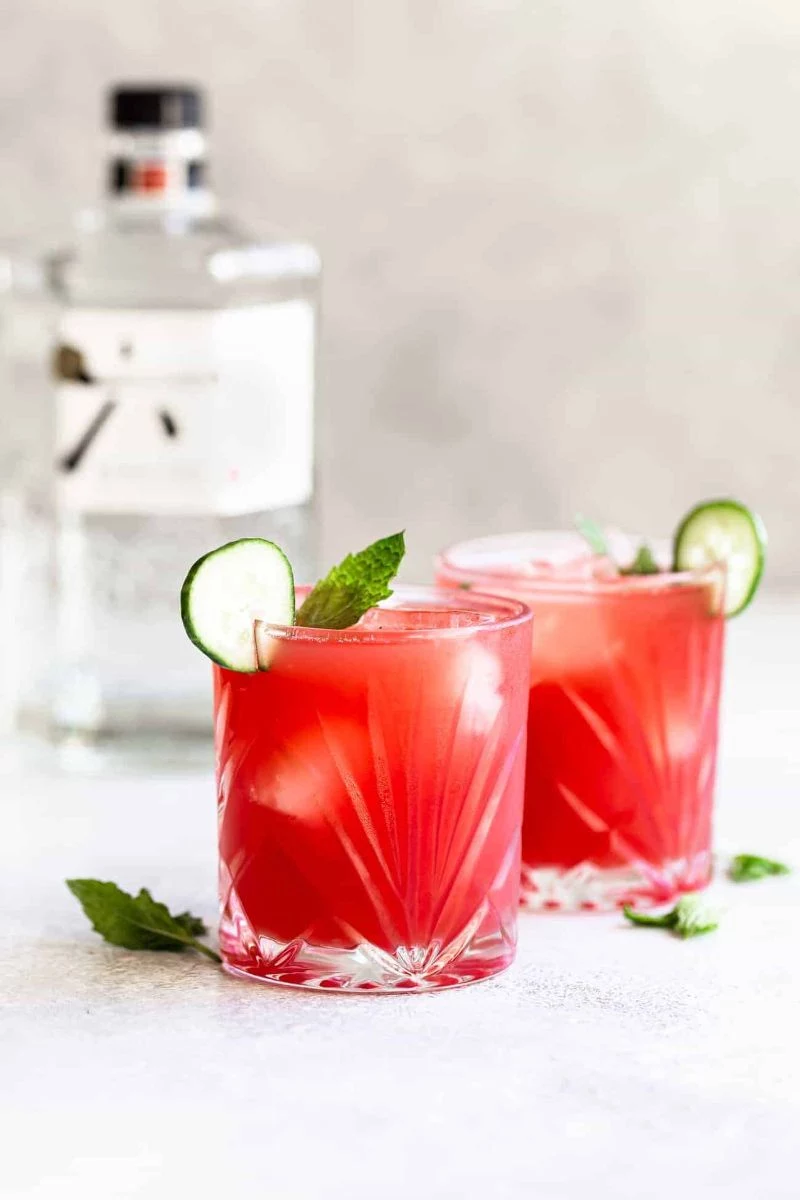
Your Toolkit: What You Actually Need (and What You Don’t)
You do not need a giant, gold-plated bar set to make fantastic drinks. For years, all I used was a few durable, functional pieces. Here’s the essential list.
-
A Shaker: The two-piece Boston shaker (one metal tin, one smaller tin or glass) is what the pros use, and what I recommend. It’s easier to clean and seals better than the three-piece Cobbler shakers, which can sometimes get stuck shut when they get cold. Budget-friendly hack: In a pinch, a large, sturdy mason jar with a tight-fitting lid works just fine for shaking. Just be careful when you open it!
-
A Jigger: For measuring. Please, do not eyeball your pours. Consistency is everything. A good Japanese-style jigger with multiple measurement lines is great and costs about $10-15 online. At a minimum, get one with 1 oz and 2 oz sides.
-
A Hawthorne Strainer: This is the one with the spring around the edge. It’s made to fit snugly on top of your shaker tin to hold back the ice. A decent one will only set you back about $10.
-
A Fine Strainer: Looks like a little tea sieve. When you shake a drink with muddled herbs or fruit, you pour it through this and the Hawthorne strainer. This ‘double straining’ catches all the tiny flecks and gives your drink a silky-smooth, professional texture.
-
A Bar Spoon: The long, twisted handle isn’t just for looks; it lets you stir gracefully without getting your fingers in the drink. Good to know: If you don’t have one, a long iced-tea spoon or even a single, clean chopstick can work for stirring in a tall glass.
-
Glassware: The glass matters. Start with a few basics: a Rocks glass for drinks like the Negroni, a Coupe for drinks served ‘up’ like a Martini, and a tall Collins glass for a Gin & Tonic.
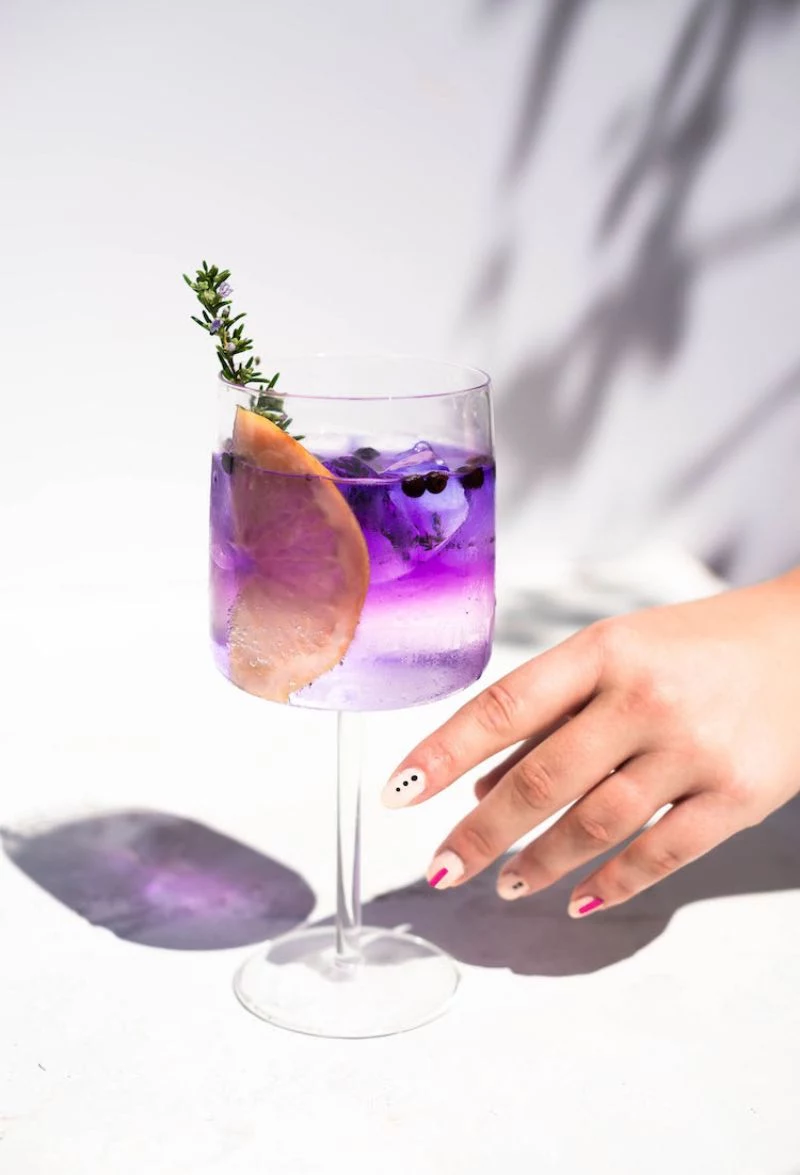
Your Beginner’s First Gin Bar: A Shopping List
Okay, let’s make this super practical. If you want to get started making most of these drinks, here’s what to buy. You can get all of this for around $100 to $120.
- One bottle of London Dry Gin: A solid, versatile bottle will run you about $25-30.
- One bottle of quality Sweet Vermouth: Don’t cheap out here. A good bottle costs around $20-25 and makes a world of difference.
- One bottle of Italian Bitter Liqueur: You know the one—it’s bright red and essential for a Negroni. That’ll be about $30.
- A Basic Tool Set: A Boston shaker, jigger, and Hawthorne strainer can be bought as a kit for $20-40 at a place like Target or online.
- Lemons and Oranges: Always have fresh citrus. It’s non-negotiable.
The Core Techniques: Where the Magic Happens
How you mix is just as important as what you mix. Shaking and stirring are not interchangeable—they do completely different things to your drink.
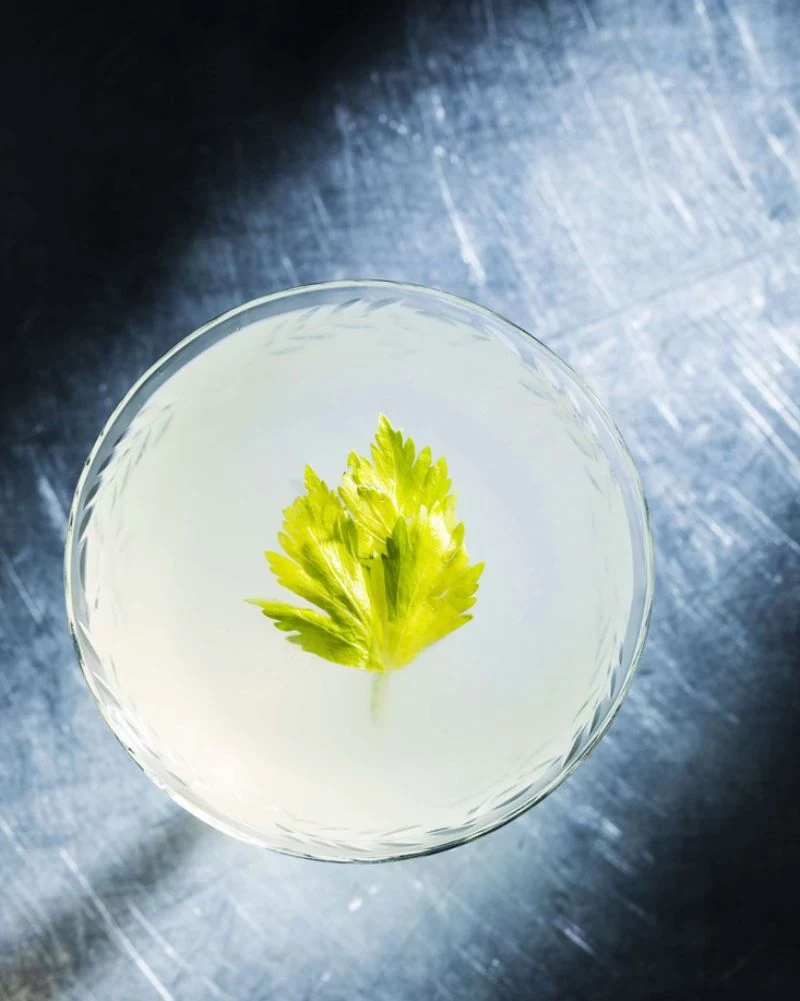
When to Shake
The rule is simple: Shake any drink with citrus juice, egg white, or cream. Shaking does three things: chills, dilutes, and—most importantly—aerates. That aeration creates the cloudy, frothy texture you want in a sour or a daiquiri. Shake hard for 12-15 seconds. You want to shake like you mean it; the tin should get so cold it’s almost painful to hold.
When to Stir
Again, simple: Stir any drink made entirely of spirits. Think Martini, Negroni, or Manhattan. Here, aeration is the enemy. You want a cocktail that’s silky, smooth, and crystal clear. Stirring gives you the perfect chill and dilution without all those bubbles. Stir gently for about 20-30 seconds until the outside of your mixing glass is ice-cold.
A quick word on ice: The ice from your fridge door dispenser is your enemy. Those little crescent moons are wet and melt way too fast, watering down your drink. Do yourself a huge favor and buy a couple of silicone 1-inch or 2-inch ice cube trays online for about $10. Bigger, denser ice melts slower, meaning your drink gets cold without getting weak.
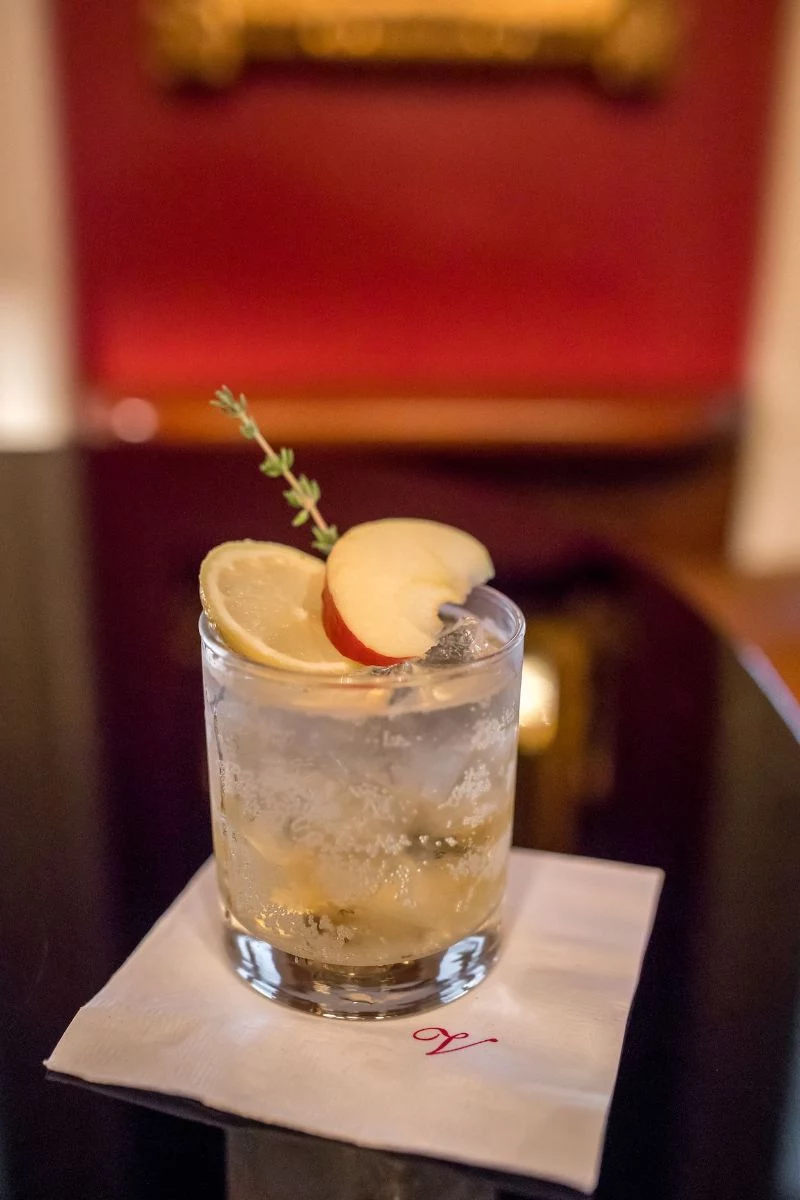
The Four Gin Cocktails to Master
Master these four, and you’ll have the foundation to make almost anything.
1. The Gin & Tonic: A Lesson in Simplicity
A great G&T is a thing of beauty. Here’s how to do it right.
Fill a tall Collins or a big balloon glass to the very top with your good, big ice cubes. Add 2 oz of gin. Then, pour in 4-5 oz of quality tonic water. A four-pack of a good brand might cost $6-8, but it’s the best money you’ll ever spend. Pour it gently down the side of the glass to keep it bubbly. Give it one single, gentle stir. Garnish with a fresh lime or lemon wedge.
Your Mission: Make a G&T your old way. Then, make one this way—chilled glass packed with big ice and good tonic. Taste them side-by-side. I promise you’ll have your mind blown.
2. The Martini: The Ultimate Personal Drink
The perfect Martini is the one you like. But here’s the classic starting point.
Start by chilling your coupe glass—fill it with ice and water while you work. This is not optional! Combine 2.5 oz of London Dry Gin and 0.5 oz of quality Dry Vermouth in a mixing glass with ice. Stir for 20-30 seconds. Dump the ice water from your cocktail glass and strain your perfectly chilled drink into it. Garnish with a lemon twist or an olive.
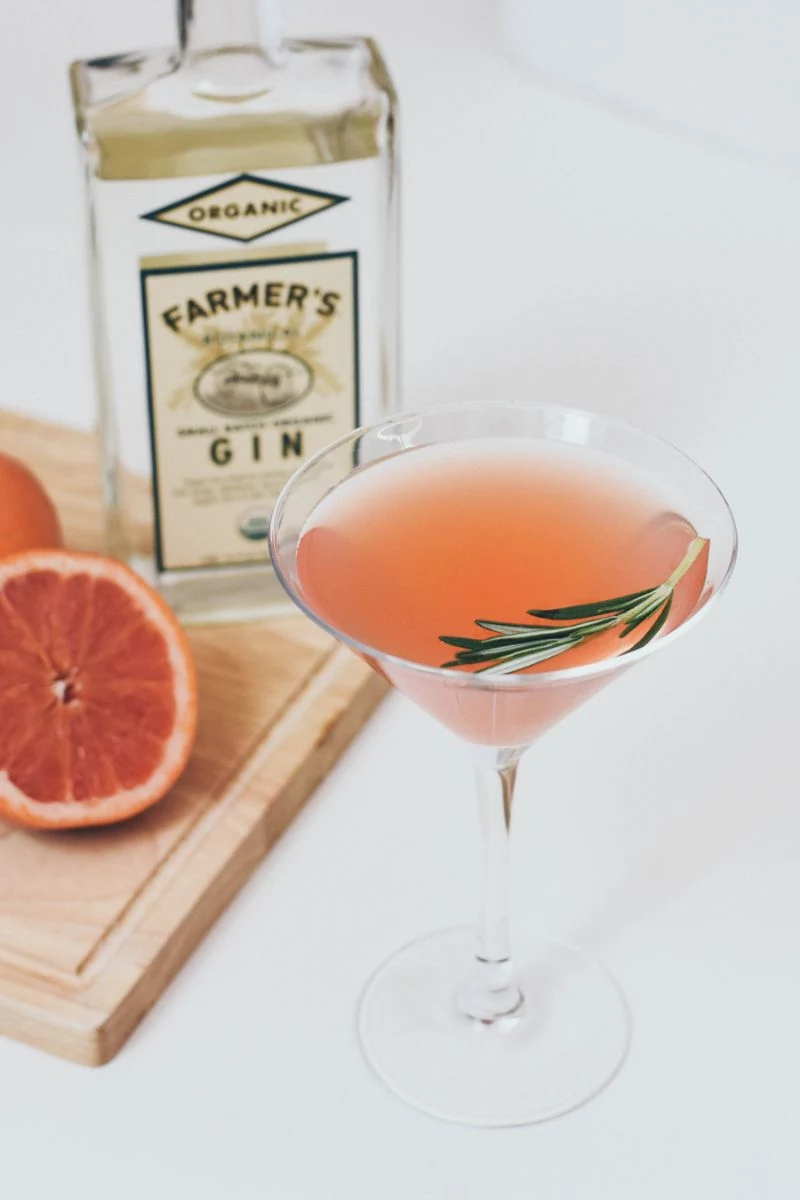
Heads up! Vermouth is fortified wine. Once you open a bottle, it belongs in the fridge. If you leave it in your liquor cabinet, it will go bad in a few weeks. That dusty bottle you’ve had for a year? It’s basically vinegar now. Toss it.
3. The Negroni: A Masterpiece of Balance
The 1:1:1 ratio is pure genius. Bitter, sweet, botanical, and boozy.
In a rocks glass with a single large ice cube, combine 1 oz London Dry Gin, 1 oz of that iconic red Italian bitter liqueur, and 1 oz of high-quality sweet vermouth. Seriously, using a better vermouth here is a game-changer; it brings in notes of vanilla and dark fruit that cheap stuff just doesn’t have. Stir it all gently in the glass and garnish with a fresh orange peel, squeezing the oils over the drink first.
4. The Gin Sour: Your Intro to Texture
This drink introduces the magic of egg white (and the ‘dry shake’).
In your shaker tin, combine 2 oz of a softer gin, 0.75 oz of fresh lemon juice, 0.75 oz of simple syrup, and one egg white. First, do a ‘dry shake’—seal the shaker without ice and shake vigorously for 15 seconds. This is what builds that beautiful foam. Then, open the shaker, fill it with ice, and do a ‘wet shake’ for another 15 seconds to chill the drink. Double strain it into a chilled coupe glass for a perfectly velvety texture.
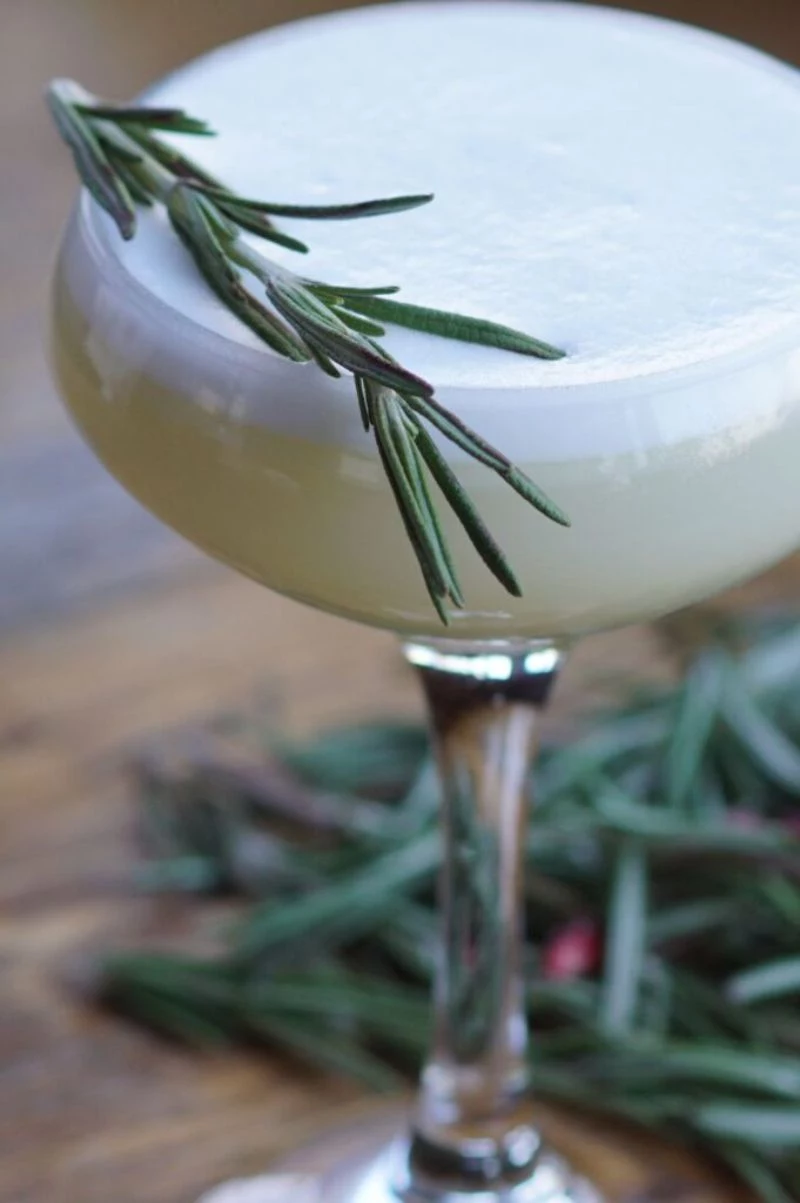
By the way: If raw egg freaks you out, you can use pasteurized egg whites. Or, for a fantastic vegan version, use about ¾ oz of aquafaba—that’s the liquid straight from a can of chickpeas! It sounds weird, but trust me, it works perfectly.
Final Thoughts: A Few Common Mistakes to Avoid
As you get going, you’ll develop your own style. But if your drinks aren’t tasting quite right, it’s probably one of these three things:
- Using bottled juice. The single biggest upgrade you can make to your cocktails is using fresh-squeezed lemon and lime juice. It takes ten seconds and makes a world of difference.
- Not chilling your glass. Pouring a perfectly crafted, ice-cold drink into a room-temperature glass is a crime. It starts warming up and diluting instantly.
- Forgetting the garnish. A garnish isn’t just a pretty decoration. Expressing a citrus peel over the top adds essential oils and aroma that are part of the drink’s DNA.
At the end of the day, making cocktails is a craft. It’s about taking good ingredients and, with a bit of technique and care, turning them into something special. And please, always enjoy these drinks responsibly. They are strong, so know your limits and make sure anyone you’re serving is safe. Cheers!
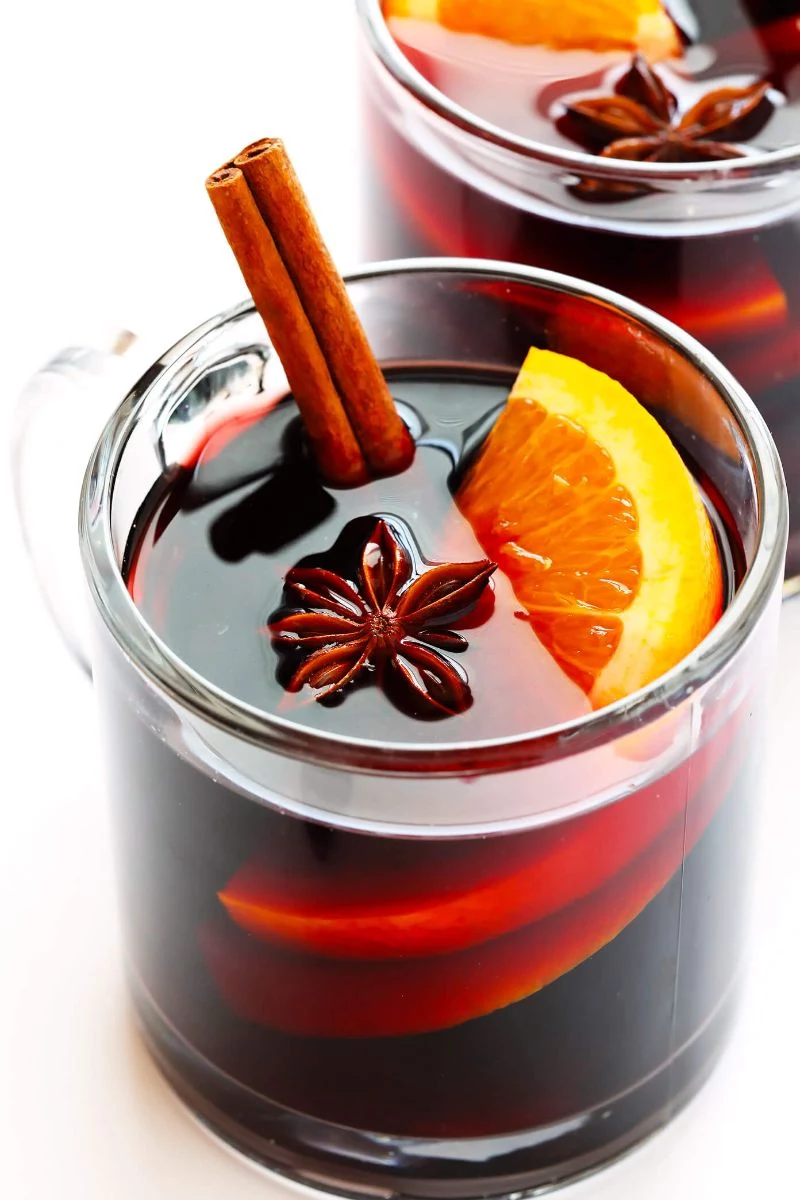
Inspirational Gallery
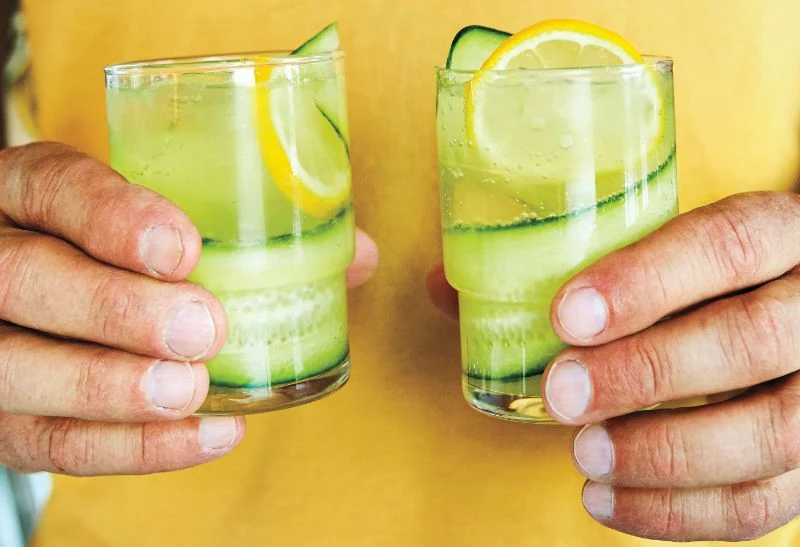
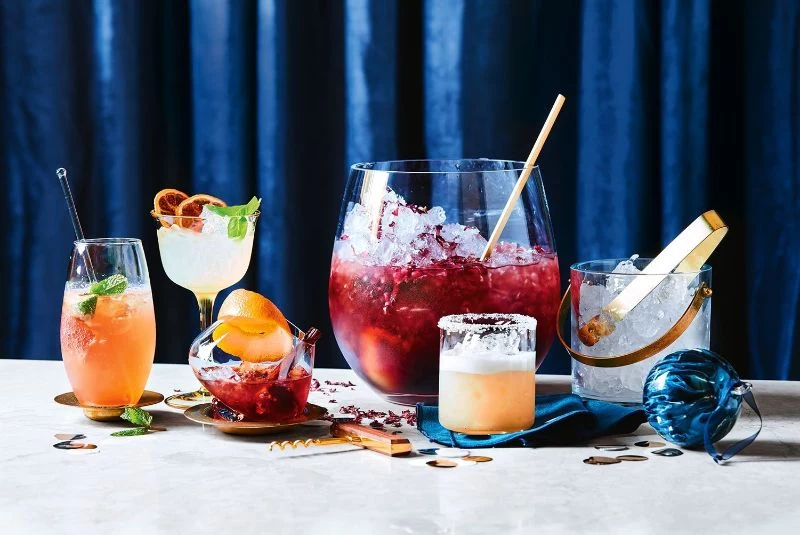
Shaken or Stirred? And does it really matter?
Absolutely. Shaking a drink (best for cocktails containing juice or egg white) aerates and chills it intensely, creating a lighter, slightly cloudy finish. Stirring is for spirit-forward cocktails like the Martini or Negroni. It provides gentle chilling with controlled dilution, resulting in a silky, crystal-clear drink. When James Bond ordered his Vesper Martini shaken, he was essentially asking for a colder, more diluted, and less smooth version of the classic.
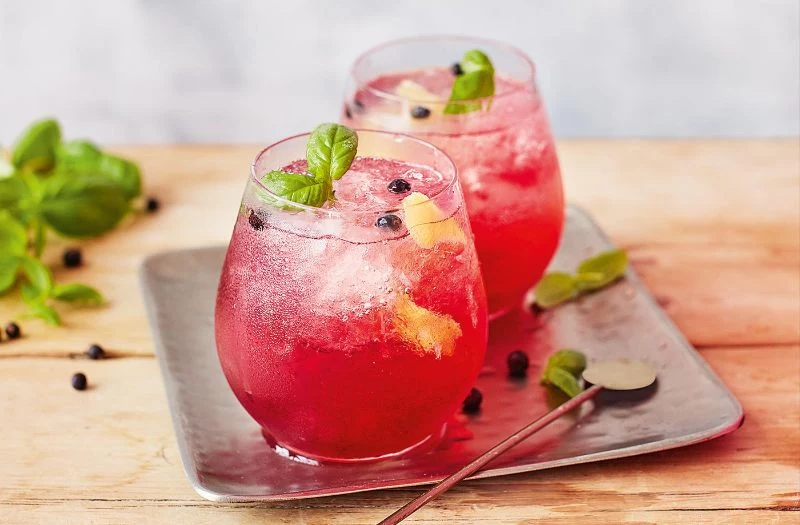
- For a perfect citrus twist, use a Y-peeler to take a wide strip of peel with minimal white pith.
- Express the fragrant oils over the surface of the drink before dropping it in.
- To make elegant cucumber ribbons, simply run the peeler down the full length of a fresh cucumber.
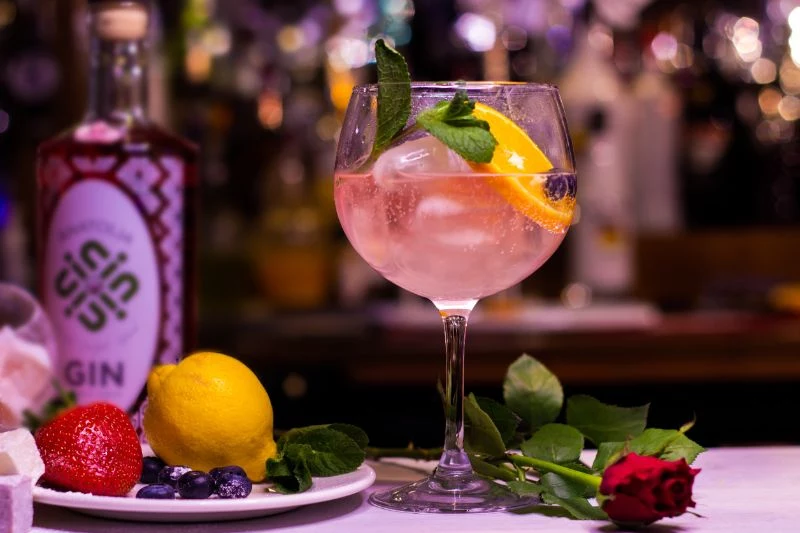
The original Tom Collins cocktail was born from a widespread New York prank in 1874. People would tell a friend that a man named ‘Tom Collins’ was insulting them in a nearby bar. The victim would storm into the bar asking for Tom Collins, and a clever bartender would serve them this gin sour instead.
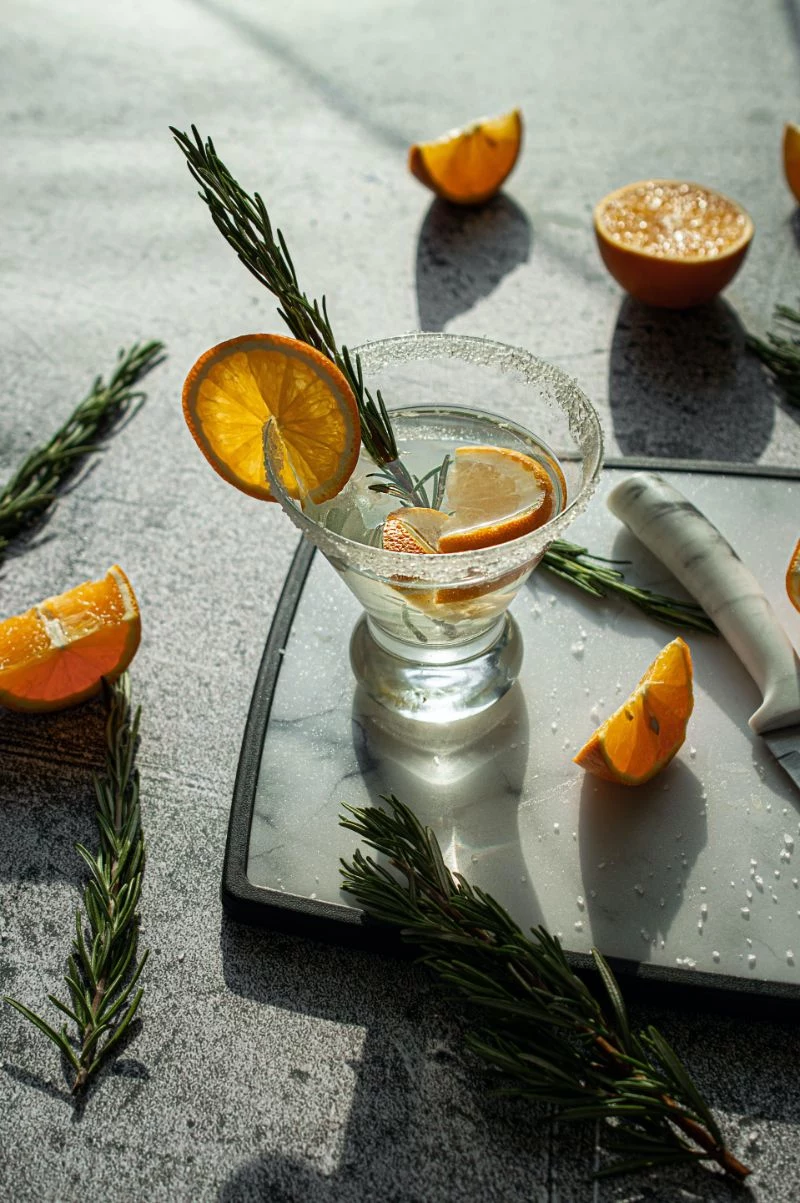
Your most important ingredient is frozen water. Don’t ruin a premium bottle of The Botanist or Monkey 47 gin with cloudy, freezer-tasting ice. Use large, solid cubes, preferably made from filtered water. They melt slower, chilling your drink to perfection without over-diluting it and muddying the delicate botanical flavors.
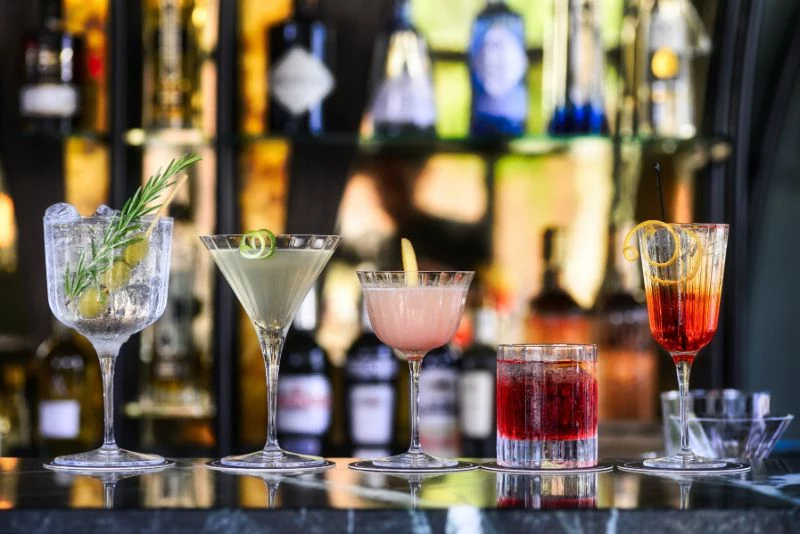
One of the fastest ways to ruin a perfect Martini or Negroni is with old, oxidized vermouth. Remember, vermouth is a fortified wine, not a shelf-stable spirit. Once you open that bottle of Dolin or Noilly Prat, it belongs in the refrigerator and should ideally be used within a month. If it’s been on your bar cart for six months, it’s time for a new one.
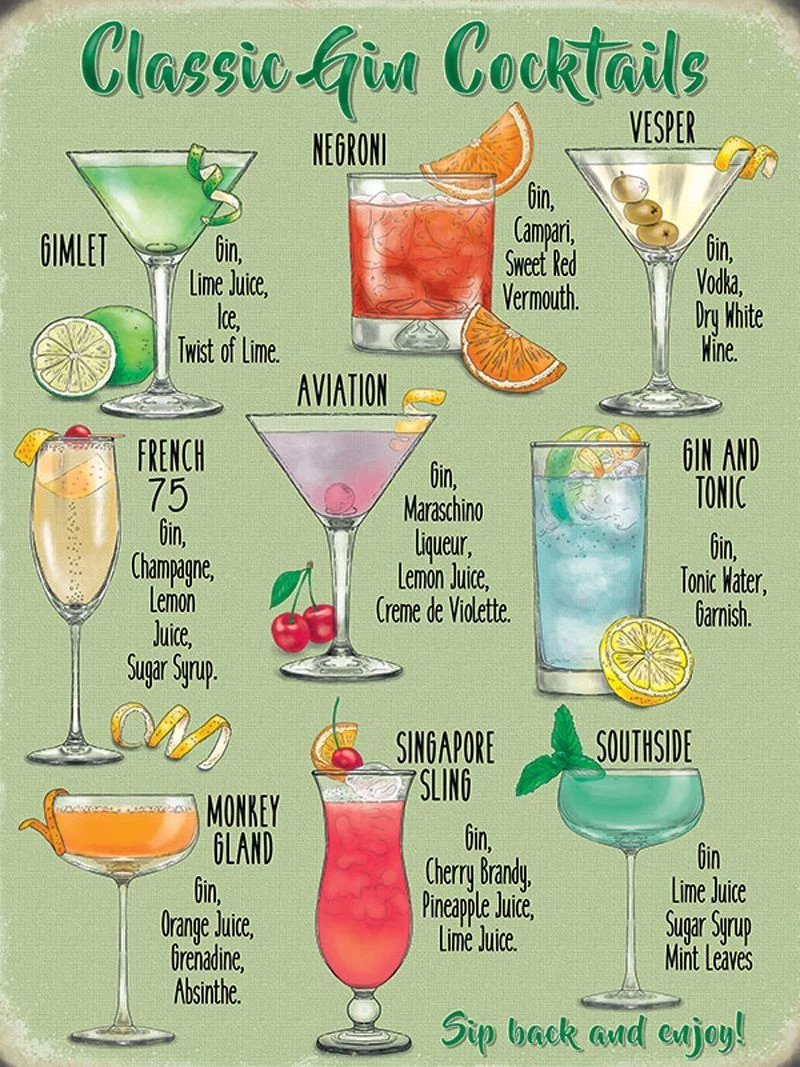
Premium Tonic: Brands like Fever-Tree or Fentimans use natural quinine and subtle botanicals that are designed to complement, not overpower, your gin.
Standard Tonic: Often made with high-fructose corn syrup and artificial flavorings, which can create a syrupy-sweet taste that masks the gin’s complexity.
For a truly exceptional Gin & Tonic, a quality tonic is a non-negotiable upgrade.

Did you know? According to the Wine and Spirit Trade Association, gin sales in the UK have grown so much that their value has more than doubled in the last five years.
This incredible boom means you have access to an amazing variety of styles. Move beyond the classic London Dry and explore savory gins distilled with olives and thyme (like Spain’s Gin Mare) or Japanese gins featuring yuzu and sansho pepper (like Roku Gin). Your local liquor store is now a global gin library.
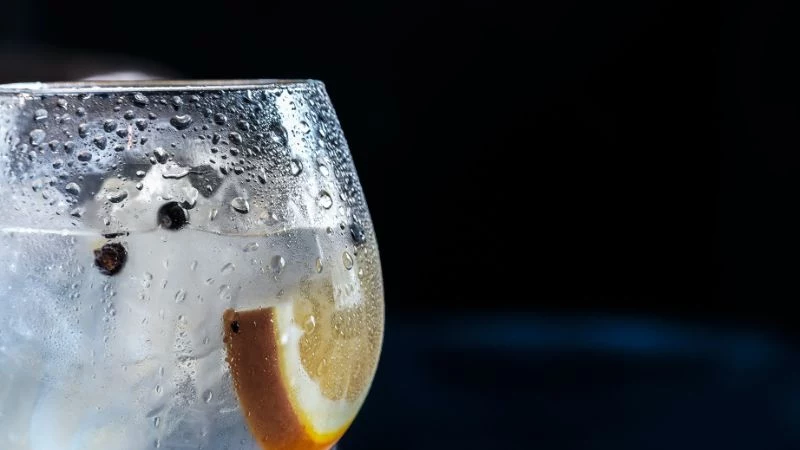
- A satisfyingly hefty feel in your hand.
- A wide bowl that allows the gin’s complex aromas to gather and greet you.
- A long, elegant stem to keep your hand from warming the perfectly chilled drink.
The secret? The Spanish-style ‘Copa de Balon’ glass. Originally designed for red wine, it has become the ultimate vessel for a G&T, with plenty of room for ice and garnish.
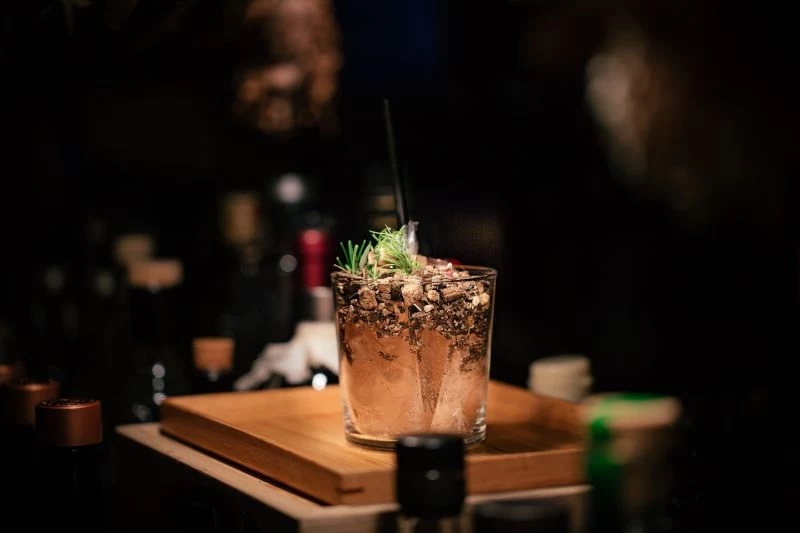
Want to add a professional touch to your G&T? Make a quick rosemary-infused simple syrup. It’s surprisingly easy.
- Gently heat equal parts sugar and water in a saucepan until the sugar dissolves.
- Remove from heat and add two or three fresh rosemary sprigs.
- Let it steep for at least 30 minutes, then strain out the herbs.
- A dash of this adds a wonderful savory, aromatic depth to your drink.
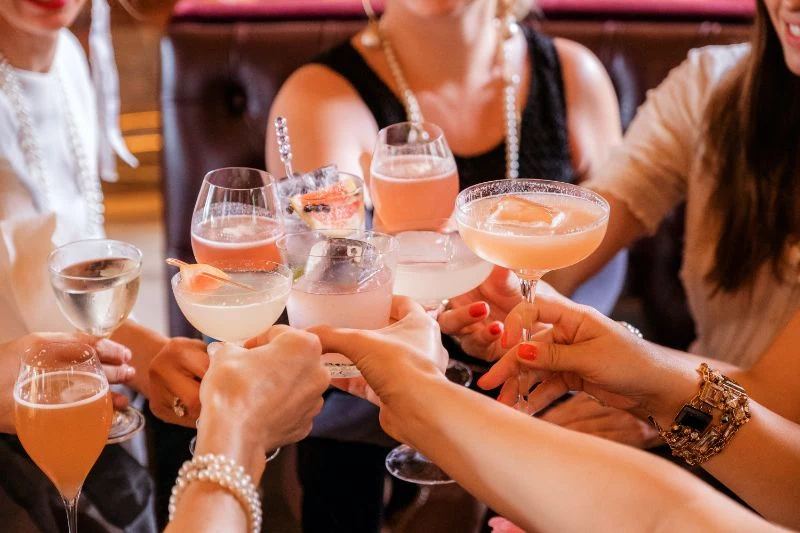
You don’t need to spend a fortune for a fantastic, versatile gin. Many professional bartenders swear by Beefeater London Dry as their go-to ‘workhorse’ gin. It’s exceptionally well-balanced, with a juniper and citrus-forward profile that stands up beautifully in any classic cocktail, from a G&T to a bold Negroni. It’s proof that heritage and quality don’t always demand a premium price.
The Negroni, first mixed in Florence, Italy, around 1919, was a happy accident. Count Camillo Negroni asked his bartender, Fosco Scarselli, to strengthen his favorite cocktail, the Americano (Campari, sweet vermouth, and soda water), by replacing the soda with gin. A legend was born.

